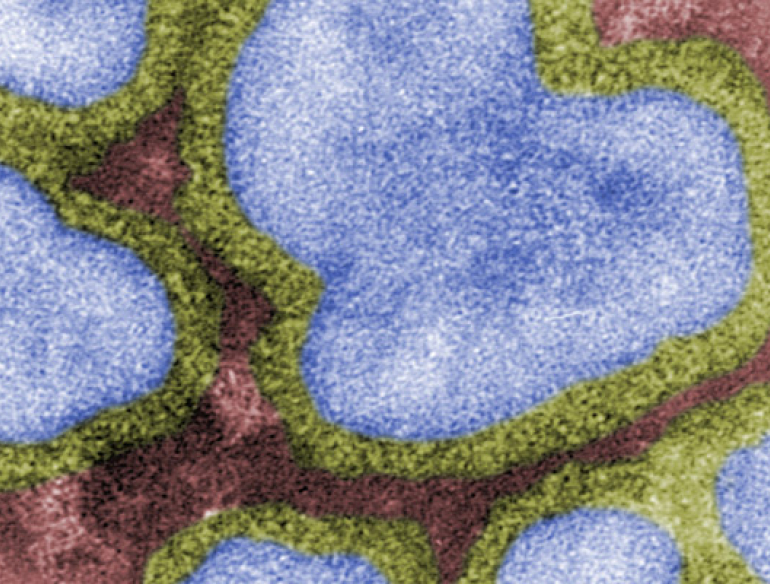Information gained from studies such as this help guide policymakers and aid in the design of clinical trials of new therapeutics for influenza and novel non-influenza respiratory viruses and in vaccine development. Additionally, they help inform clinical disease management and could play key roles in assisting future pandemic response planning.
This study was initiated in 2009 following the first global influenza (flu) pandemic in 40 years. It was designed to explore risk factors for severe infection and poor outcomes among adults hospitalised with the 2009 influenza virus infection across many countries. Since that time, the study has been expanded to include other seasonal influenza viruses as well as novel non-influenza respiratory viruses that could become prevalent and of major public health importance including Middle East Respiratory Syndrome Coronavirus (MERS-CoV), Severe Acute Respiratory Syndrome Coronavirus (SARS-CoV) and COVID-19 (SARS-CoV-2).
Data collected from the study will help us understand the characteristics and outcomes of adults hospitalised with influenza virus types and subtypes over time by geographical location. A central repository of specimens has been established to use for virus characterisation, including subtyping, antigenic and genetic analyses, and to identify signature mutations associated with antiviral drug resistance and mutational evolution. Information collected from those hospitalised with a novel non-influenza respiratory virus infection will help characterise initial cases and their outcomes and assist with understanding disease severity and its risk factors.
This prospective observational study enrols adults hospitalised with either a suspected or confirmed influenza virus infection or a targeted novel non-influenza respiratory virus at hospital sites in Europe, North and South America, Asia and Australia. Participants are followed up for 60 days for survival, other clinical outcomes and specimen collection. T total of 6,498 participants have been recruited internationally.
Data published to date highlight the importance of prospective international clinical studies of people with influenza or a novel non-influenza respiratory virus in understanding factors linked to disease progression and severe outcomes. Such studies help inform the prevention and treatment of these viruses and are a reminder of the need to monitor seasonal and pandemic viral vaccines responses on a global basis.
- International Network for Strategic Initiatives in Global HIV Trials (INSIGHT)
- University of Minnesota – Clinical and Translational Science Institute – Minnesota, USA
- Copenhagen HIV Programme (CHIP) – Copenhagen, Denmark
- Medical Research Council (MRC) Clinical Trials Unit – London, United Kingdom
- The Institute for Clinical Research at the Veterans Affairs Medical Center – Washington, D.C., USA

